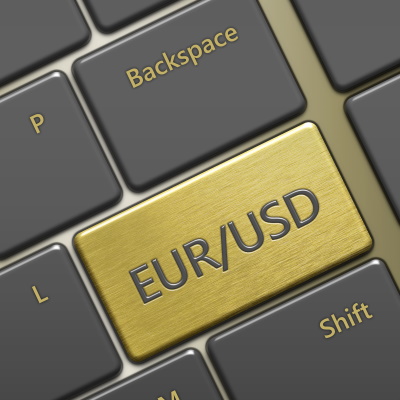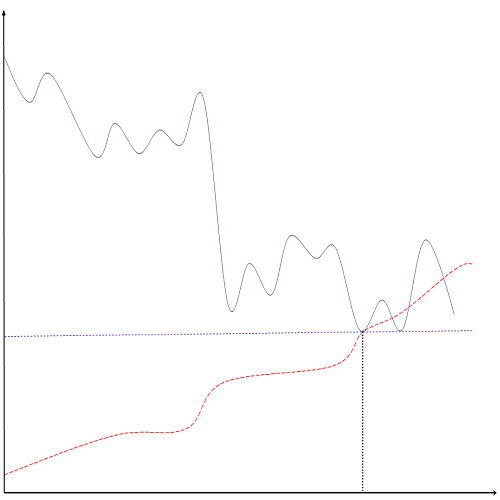What Every Trader Should Know About Trading the EUR/USD

Between Two Continents
EUR/USD consists of the Euro quoted against the U.S. Dollar, and is the most heavily traded among all forex currency pairs, accounting for 28 percent of total daily forex trading volume.
The Euro is the common currency of the 17 countries that comprise the Eurozone, which is a subset of the 27 member states that make up the European Union. The Euro is the world’s second-largest reserve currency after the U.S. Dollar, and it is used every day by more than 300 million Europeans.
Due to its unique role as a consolidated currency, the Euro has an unusual dynamic when trading against the U.S. Dollar relative to other currencies. Combining an understanding of the fundamentals with technical analysis can also improve most traders’ performance.
The European Central Bank
One of the most prominent drivers of movements in the EUR/USD currency pair is the interest rate decisions and other monetary policies implemented by the European Central Bank or ECB.
The interest rate and monetary policy decisions made by the bank are among the most closely watched events by currency traders.
The ECB meets monthly to decide on the most appropriate level for its benchmark Minimum Bid Rate, and its president holds a press conference after the rate statement to comment on monetary policy. The decision and the demeanour of the ECB president during the press conference can significantly affect the EUR/USD pair’s exchange rate.
Important Eurozone Economic Numbers
While monetary policy and interest rates can be a major driver for EUR/USD, a number of other economic releases — as well as important political and socio-economic events — have recently significantly impacted the exchange rate.
After the well-known Greek sovereign debt crisis, the results of bond auctions in the struggling economies of the Eurozone that include Spain, Italy, and Portugal have attracted the attention of forex traders who trade EUR/USD.
Other key economic releases that can directly affect the EUR/USD rate include:
- German ZEW Economic Sentiment – having the largest and most prosperous economy in Europe, German Economic Sentiment gives an indication as to the general health of the EZ economy.
- Flash Manufacturing, Services, and Construction PMIs – the different nations of the Eurozone’s purchasing managers’ indices show the general direction of the EU economy and their releases can influence the EUR/USD
- EZ, French and German CPI – the level of inflation in the largest EZ member nations can indicate the direction of the ECB’s interest rate policy.
- Spanish and Italian 10-Year Bond Auctions – because of the precarious condition of these country’s banking systems and economies, the level of interest rates reflected in their bond auctions can significantly influence the direction and magnitude of moves in EUR:USD.
U.S. Economic Data
Economic releases out of the United States can also substantially affect the level of the EUR/USD exchange rate.
The most important U.S. releases include employment data such as Non-Farm Payrolls and Weekly Initial Jobless Claims, as well as PMI, Retail Sales and CPI data, to name only a few.
Other key releases are related to interest rates, like the FOMC Statements, Meeting Minutes and speeches by FOMC members and the Federal Reserve chairman.




